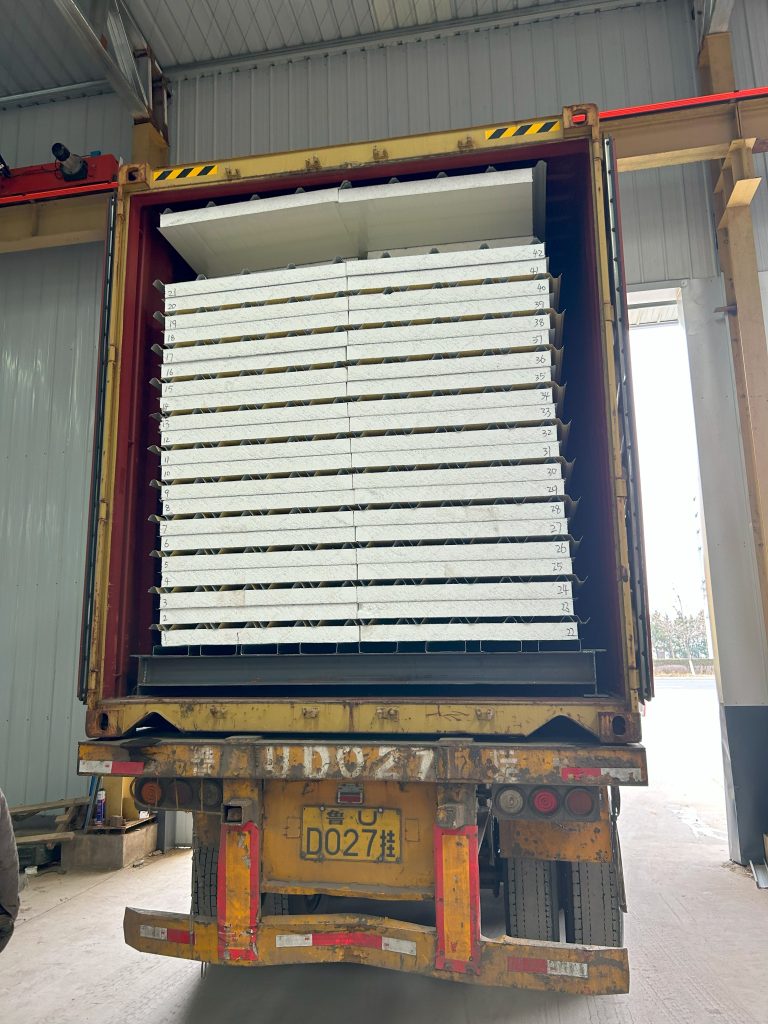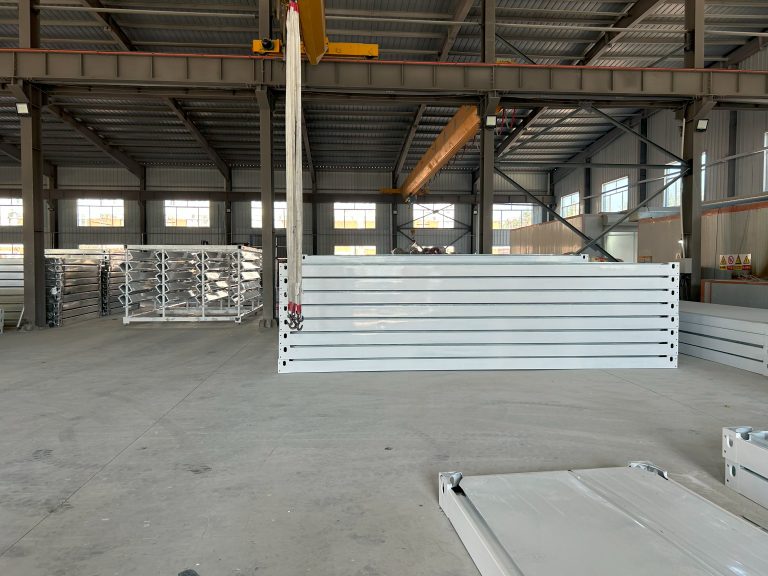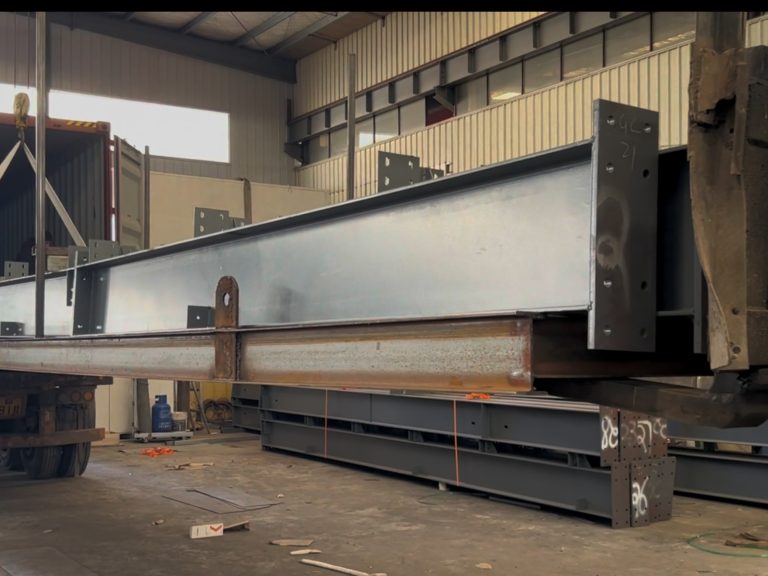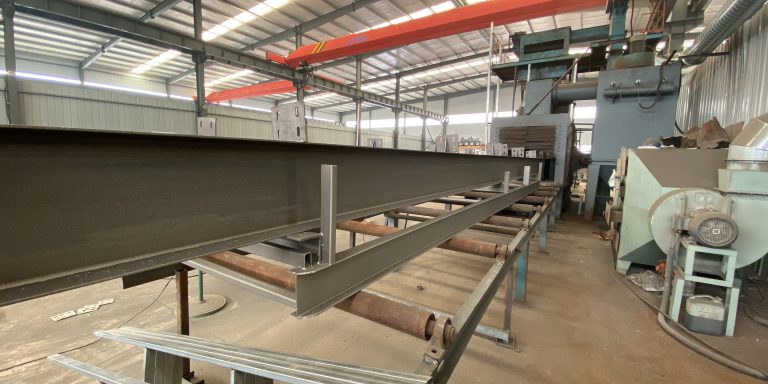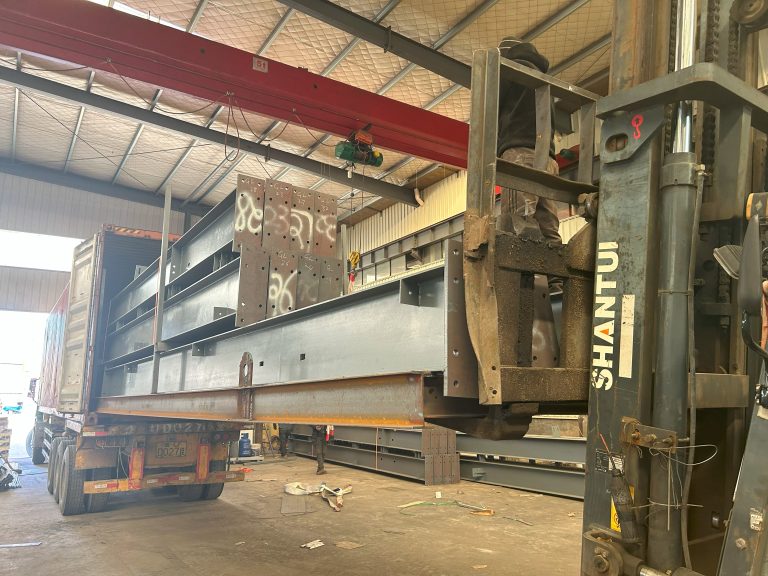Dynamic response and wind load analysis of steel structure buildings
Table of Contents
Benefits of Dynamic Response Analysis in Steel Structure Buildings
Dynamic response analysis is a crucial aspect of designing steel structure buildings, as it helps engineers understand how a structure will behave under various loading conditions. By analyzing the dynamic response of a building, engineers can ensure that it will be able to withstand the forces of nature, such as wind loads, earthquakes, and other external factors.
One of the key benefits of dynamic response analysis in steel structure buildings is the ability to accurately predict how the building will respond to wind loads. Wind loads can exert significant forces on a building, especially in areas prone to high winds or hurricanes. By conducting a dynamic response analysis, engineers can determine how the building will sway and deform under these loads, allowing them to make necessary design adjustments to ensure the building’s stability and safety.
In addition to predicting the building’s response to wind loads, dynamic response analysis can also help engineers optimize the design of steel structure buildings. By analyzing the dynamic behavior of the building, engineers can identify areas of potential weakness or inefficiency in the design and make improvements to enhance the building’s overall performance. This can lead to cost savings, as well as a more durable and resilient structure.
Furthermore, dynamic response analysis can help engineers assess the performance of a building under extreme loading conditions, such as earthquakes. By simulating the effects of seismic forces on the building, engineers can determine how it will respond to these forces and make necessary design modifications to ensure its safety and stability. This is particularly important in earthquake-prone regions, where buildings must be able to withstand strong ground motions to protect occupants and minimize damage.
Another benefit of dynamic response analysis in steel structure buildings is the ability to evaluate the building’s dynamic characteristics, such as natural frequencies and mode shapes. By analyzing these properties, engineers can gain valuable insights into the building’s behavior under dynamic loading conditions and make informed decisions about its design and construction. This can help optimize the building’s performance, reduce the risk of structural failures, and enhance its overall safety and reliability.
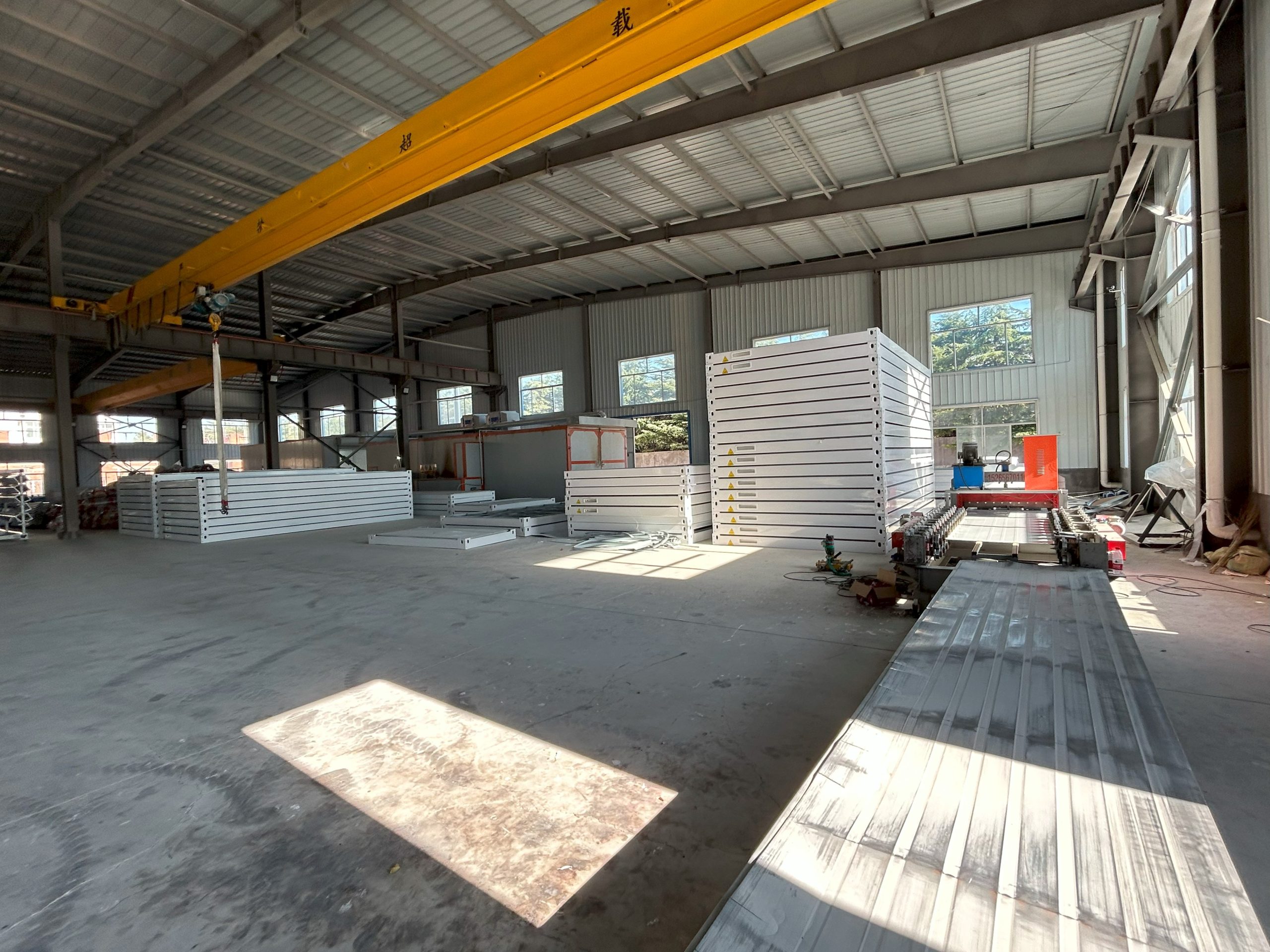
Overall, dynamic response analysis plays a critical role in the design and construction of steel structure buildings. By accurately predicting how a building will respond to external forces, engineers can ensure its stability, safety, and performance under various loading conditions. This can lead to cost savings, improved efficiency, and enhanced durability, making dynamic response analysis an essential tool for engineers working on steel structure projects.
Importance of Wind Load Analysis in Steel Structure Buildings
Steel structure buildings are a popular choice for construction due to their durability, strength, and versatility. However, these structures are also susceptible to various external forces, such as wind loads, which can have a significant impact on their performance and safety. Wind load analysis is a crucial aspect of designing steel structure buildings to ensure that they can withstand the forces exerted by wind and remain stable under different weather conditions.
One of the key reasons why wind load analysis is important in steel structure buildings is to ensure the safety of the occupants and the structural integrity of the building. Wind loads can exert significant forces on a building, especially during extreme weather events such as hurricanes or tornadoes. Without proper analysis and design considerations, a steel structure building may not be able to withstand these forces, leading to structural failure and potential harm to the occupants.
In addition to safety concerns, wind load analysis is also essential for optimizing the design and performance of steel structure buildings. By accurately assessing the wind loads that a building is likely to experience, engineers can design the structure to minimize the effects of these forces and improve its overall performance. This can include incorporating features such as bracing systems, wind-resistant cladding, and aerodynamic shapes to reduce wind-induced vibrations and ensure stability.
Furthermore, wind load analysis is crucial for determining the dynamic response of steel structure buildings. Dynamic response refers to how a structure reacts to external forces, such as wind loads, and how these forces are distributed throughout the building. By analyzing the dynamic response of a steel structure building, engineers can identify potential weak points in the design and make necessary adjustments to improve its performance and safety.
One of the key challenges in wind load analysis for steel structure buildings is accurately predicting the magnitude and direction of wind loads. Wind loads can vary significantly depending on factors such as building height, shape, location, and surrounding terrain. Engineers use various methods, such as wind tunnel testing, computational fluid dynamics (CFD) simulations, and empirical formulas, to estimate wind loads and assess their impact on the building.
Another important aspect of wind load analysis in steel structure buildings is considering the effects of wind-induced vibrations. Wind-induced vibrations can cause discomfort to occupants, damage building components, and even lead to structural failure if not properly addressed. Engineers use techniques such as dynamic analysis and damping systems to mitigate the effects of wind-induced vibrations and ensure the stability of the building.
In conclusion, wind load analysis is a critical aspect of designing steel structure buildings to ensure their safety, performance, and stability. By accurately assessing wind loads, engineers can optimize the design of the building, improve its dynamic response, and enhance its overall performance. With the increasing prevalence of extreme weather events due to climate change, wind load analysis is more important than ever to ensure the resilience and safety of steel structure buildings.

